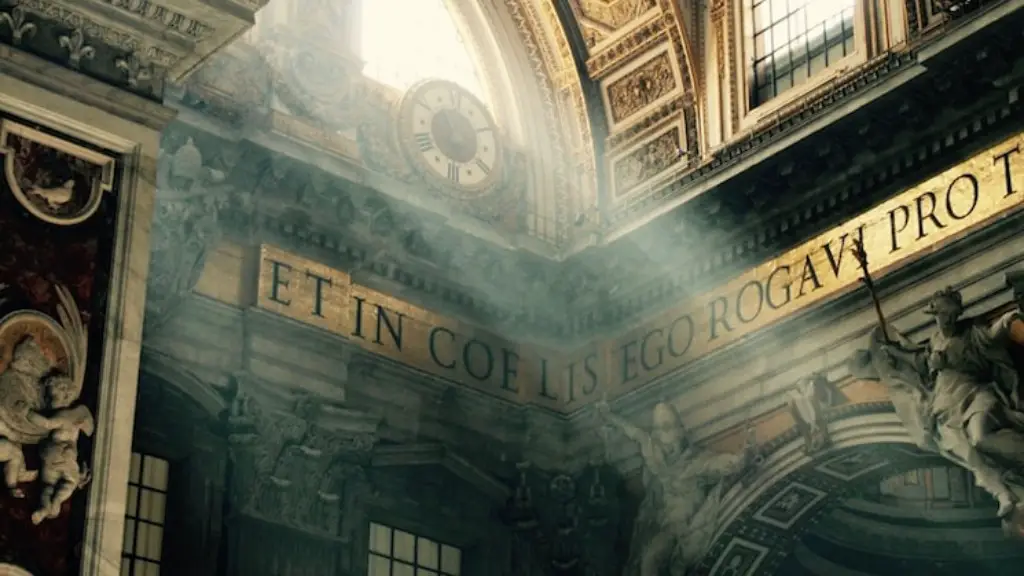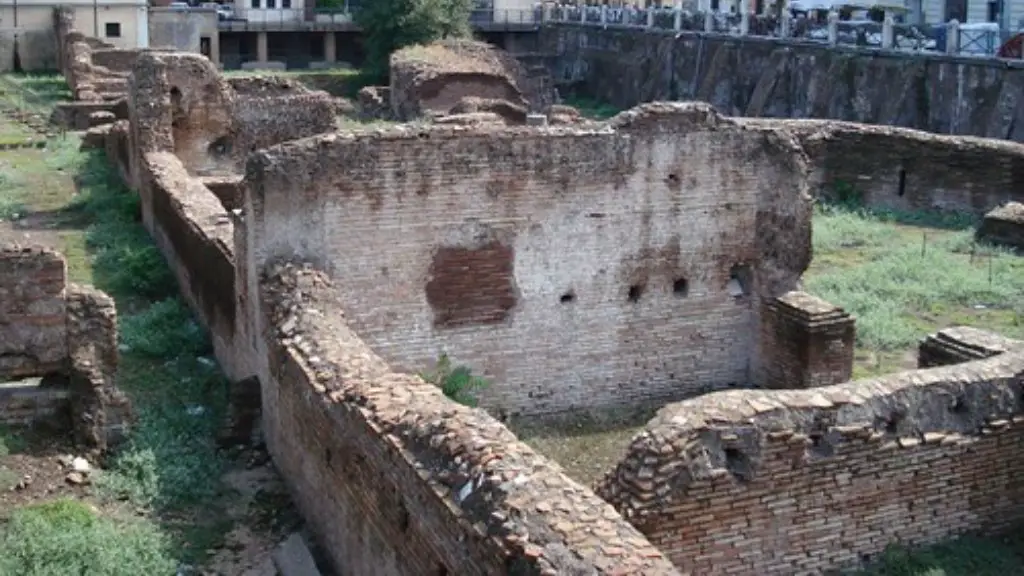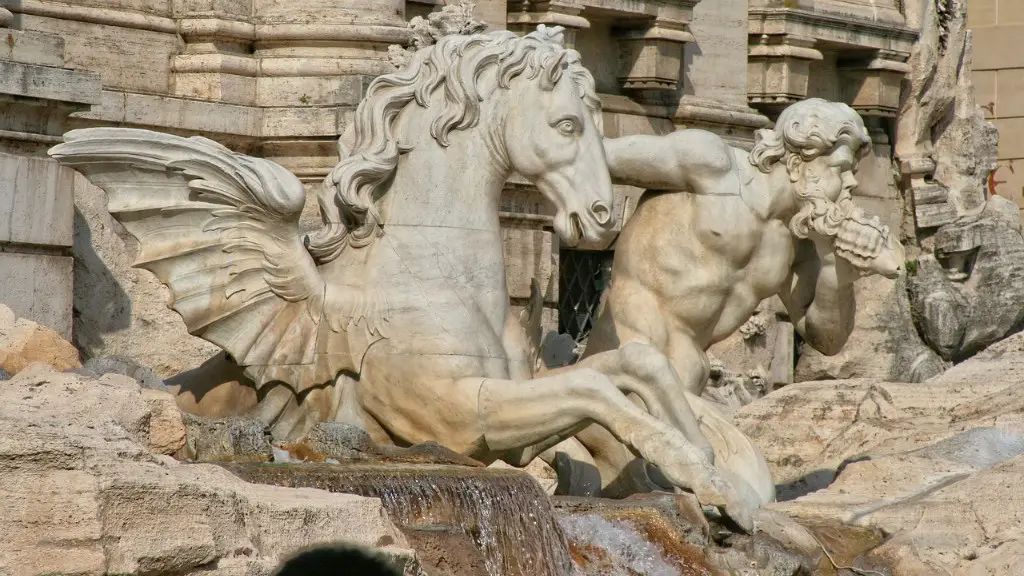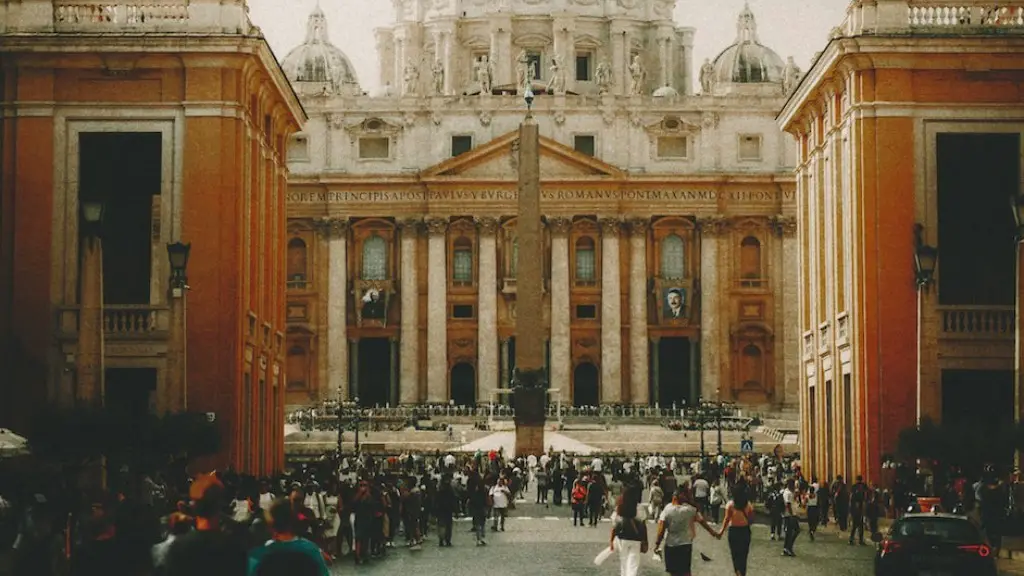Ancient Rome was one of the most influential and powerful empires in the world. It has shaped many parts of our modern lives, from our government to religious regulations, for thousands of years. But what many people don’t know is that it had a very distinct social class structure. There were three main social classes in Ancient Rome: the patricians, the plebeians and the slaves.
The Patricians
The Patricians were the highest class in Ancient Rome. They were the wealthy citizens who had the power, wealth and influence. They were the descendants of the original Roman families, and enjoyed the most privileges. They were the only group who had the ability to hold political office and sit on the Senate.
Patricians were born into their class- it was not possible for someone to become a Patrician unless they married into a wealthy family. Despite this, their wealth was comparatively small because the possessions of other classes also had value. They had luxurious items such as silk, and were able to have servants to do their bidding.
The Plebeians
The Plebeians were the lower social class of Ancient Rome. They were the majority of the population of Ancient Rome and included everyone from the farming and commerce classes, to soldiers and mercenaries. Even though they had lesser privileges than the Patricians, they still made up the majority population and had significant political power.
The Plebeians had the right to vote, although their votes were usually just as much about money as about politics. Their lives were mainly centered around their family, and they were responsible for educating their children in basic skills such as reading and writing. They had the ability to achieve wealth and some even managed to reach the Patrician class by marrying into a wealthy family.
The Slaves
The slaves were the lowest social class in Ancient Rome, and were of no citizenship. Many of them were taken from the wars between Rome and other countries, and were considered property of the Patrician or Plebeian classes. They were treated with little respect, and could be killed without consequence by their owners.
Slaves had no political rights, and were mainly used as labor force, although some of them had roles in the household. They were often given dirty and dangerous tasks, such as cleaning sewers or building roads. Slaves were given only basic clothing and food, and could not own any property or have families.
Social Mobility
Social mobility in Ancient Rome was almost non-existent due to the social class system. It was very difficult for anyone to move up in the ranks, as there were only a few people who could accomplish that. For example, being adopted into a wealthy family was one way to increase one’s social rank, but this was a rare and expensive process.
Another way for people to move up in the ranks was by joining the army, as victory in battle was rewarded with prestige, wealth and privileges. This was an option only available to the Plebeians, however, and was not a guaranteed way of increasing one’s social standing.
The Impact of Ancient Rome’s Social Classes on Modern Society
The social class system from Ancient Rome still has an influence on our modern society. The idea of a ruling elite, of wealthy families who have the power and influence to control the government, is still seen in many countries today.
The concept of social mobility is also still relevant, with people being more likely to achieve a higher social standing if they have access to the right resources, such as education and family wealth. The idea of having slaves is also not as far from reality as we would like to think, with people still being exploited in various forms in many countries.
Reforms in Ancient Rome
Despite the rigid social system that Ancient Rome had, there were some attempts to make it more equitable. Most of these reforms were initiated by the Plebeians, who wanted to have more power, wealth and privileges.
One of the most significant reforms was the adoption of the Twelve Tables in 450 BCE. This was a set of laws that provided equality before the law, regardless of class. It gave the Plebeians the right to appeal to higher courts and have a right to a fair trial. Other reforms gave the Plebeians the right to marry any other class, and to access public offices depending on merit.
Education in Ancient Rome
Education was an important part of Ancient Roman society, and children from all classes were taught in schools. Patrician children generally received formal education from tutors, while Plebeian children were more likely to be educated informally by their parents or an assigned tutor. Slaves were usually taught basic skills to carry out their duties within households.
Despite the hierarchy established by the social classes, education was seen as being equally important for all citizens. Education provided citizens with the skills to become more successful in the public sphere, and some Plebeians managed to climb up the social ladder by gaining knowledge.
The Influence of Religion on Social Classes
Religion in Ancient Rome also had an influence on the social classes. Patricians were the only class who had the ability to become priests, which gave them more political power and influence. This further solidified the class hierarchy and ensured that the Patrician class had the upper hand in all political matters.
However, the introduction of Christianity to Ancient Rome in the 4th century CE changed the religious landscape. All classes were able to become devout Christians, and the teachings of Christianity gave the lower classes the confidence to challenge their superiors. It also brought about a greater idea of social equality, as all believers were equal in God’s eyes.
Conclusion of Social Classes in Ancient Rome
Social classes were an integral part of Ancient Rome, and had a significant influence on the culture and politics of the time. Despite being a rigid system, there were some reform attempts that allowed for greater social mobility and higher classes had to contend with the growing power of the lower classes. Religion also had an influence on social hierarchy, especially with the introduction of Christianity. In the end, Ancient Rome’s social class structure shaped many aspects of our modern society.




